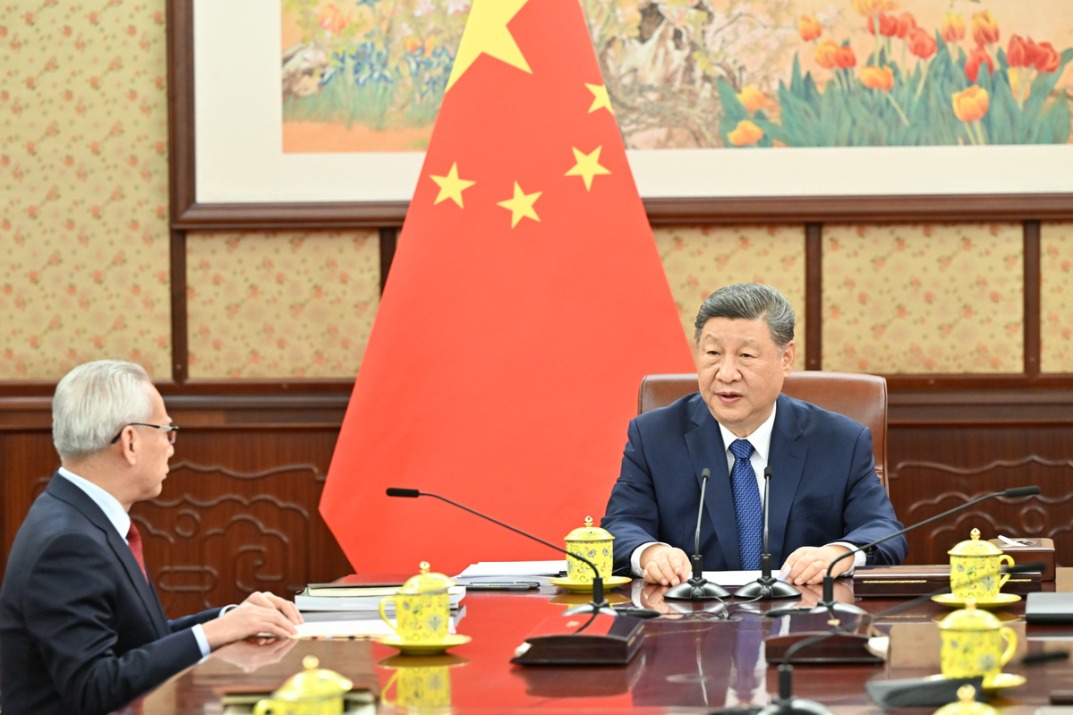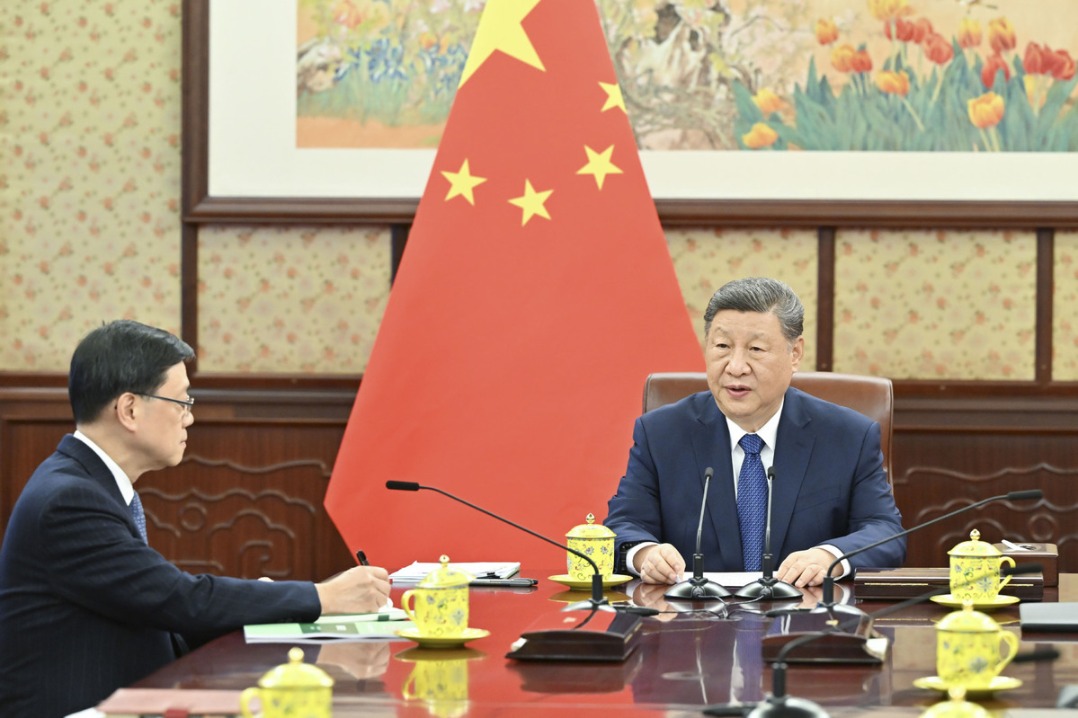BRICS to become a 'safety net' for developing economies
CGTN | Updated: 2022-06-23 11:12

Editor's note: Vladimir Petrovskiy is a chief research fellow at the Institute of Far Eastern Studies, Russian Academy of Sciences, and also a full member of the Russian Academy of Military Science. The article reflects the author's opinion, and not necessarily the views of CGTN.
The 14th BRICS Summit under China's chairmanship will be held under the still severe COVID-19 pandemic that has battered the world. At the summit, the BRICS countries would definitely continue to discuss the fair and reasonable distribution of vaccines and strengthen global public health governance.
But the events in Ukraine in 2022 were the most serious shock and test for the BRICS countries' development. Not a single BRICS country has supported Western sanctions against Russia, but so far, this does not mean that they are ready to intensify cooperation with Russia, under the threat of secondary sanctions from the U.S. and the EU.
The BRICS countries always aimed at serving as a kind of bridge between industrialized and developing countries in ensuring sustainable development and pursuing a more balanced international economic policy. They want to contribute to building a more democratic world order by ensuring the most active participation of developing countries in the global governance decision-making bodies.
In order for the BRICS to contribute to building a new world order, it must offer other countries new paradigms for development, including a restart of globalization based on a new platform of countries and regions, the creation of a new institutional system for the modernization of the world economy, the creation of a new pool of reserve currencies from emerging markets, the creation of an alternative track to the Western format for growing the world economy, as well as the creation of new regional blocs and platforms for their coordination and development.
The BRICS countries are carrying out an important initiative to configure a new financial and monetary system that will be open to all countries of the world and will not use international banking as a political tool to attack and harm other countries.
Now, it is even more necessary to accelerate the creation of the BRICS Pay payment system, the launch of which was previously planned by 2025. Russia is already pressing ahead with projects to switch to settlements in national currencies with India and China, and with the latter even an alternative to the SWIFT payment system has been launched.
Brazil and the Russia have previously tried to move in bilateral trade to settlements in rubles and reals. But, the instability of the exchange rates of the two currencies since the second half of the 2010s has been on the rise, which slowed down the progress of this project. With sanctions preventing Brazil from buying Russian fertilizers, the task of increasing the independence of bilateral financial interaction becomes vital.
New geopolitical realities, of course, mean an update of the BRICS agenda, making individual initiatives in the field of finance or food security urgent for all participating countries. These initiatives can become a driver of a new stage in the growth of the cooperation framework. Besides, if the initiatives are successful and there is real progress, a powerful reason may entice other countries in joining new global instruments independent of the West.
The activation of the role of the BRICS in the international arena can also occur through the improvement of the mechanism of functioning of the BRICS conditional currency reserve pool. In the past few years, it has stepped up coordination with other regional financial institutions as part of the IMF's regular consultations with regional financial facilities. However, its activity has been significantly lower in response to the crisis in the BRICS countries in recent years compared to the BRICS New Development Bank.
Within the framework of the BRICS Plus mechanism, the possibility of strengthening the mandate of the BRICS Contingent Reserve Arrangement to monitor the macroeconomic situation and develop coordinated anti-crisis measures, as well as to interact with other regional financial institutions of developing countries and regional partners, could be considered.
In general, the BRICS Plus format would open up various options for the BRICS countries to interact with the rest of the world economy. The BRICS Plus format, proposed by China in 2017, still has to get its tangible contours of development in many respects, although some possible models for cooperation within its framework have already been announced by representatives of the BRICS countries.
China's BRICS chairmanship in 2022 creates a favorable basis for the development of the BRICS Plus format, while Chinese representatives have already stated that they are considering the development of the BRICS Plus concept in the context of interaction, including regional integration associations of the countries of the Global South.
BRICS Plus will contribute to the development of trade between the BRICS countries and the development of world trade in general. Thus, the trade turnover between Russia and BRICS in the first quarter of 2022 grew by 38 percent year-on-year (last year the increase was 40 percent to $164 billion).
At a recent meeting of the ministers of economy and foreign trade of the BRICS countries, a declaration was adopted on the need for WTO reform and an initiative was approved to strengthen supply chains (includes the harmonization of standards and information exchange between countries to improve the efficiency of sea freight). The Russian side proposed the formation of "insurance" or even alternative mechanisms for bilateral trade and payments within the BRICS.
In general, the BRICS countries can and should become a "safety net" for developing economies with an eye on the formation of a new international economic order.
























